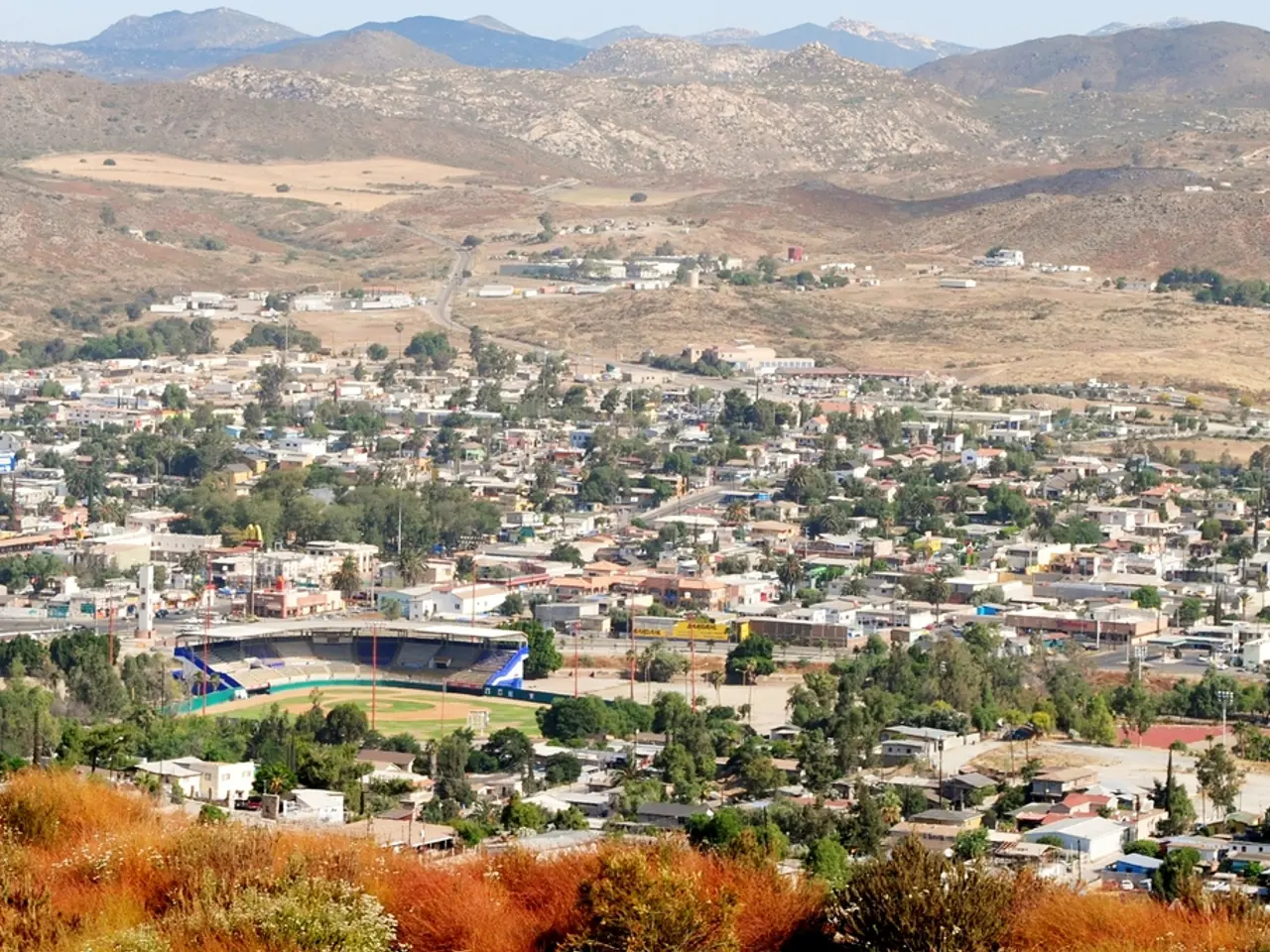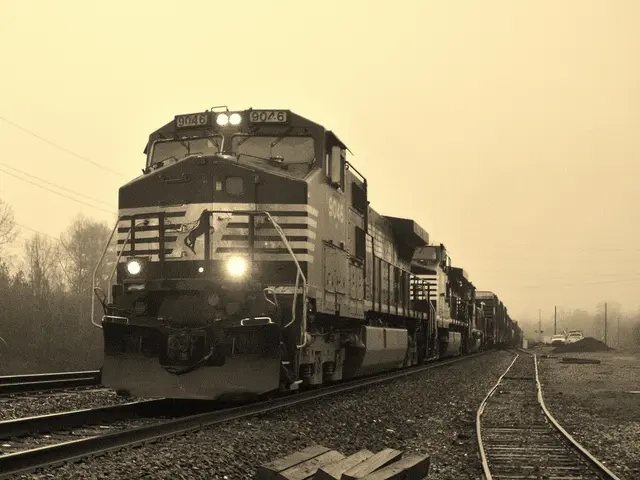Suburban Austin Real Estate Market 2025: Taming Down, Notable Chances for 2030
The Austin area is entering a multi-year period of increased housing inventory, which could keep the market buyer-friendly until 2026. This shift is evident in the gap between active listings and pending sales, which reached a 20-year high in mid-2025, with over 12,600 more houses listed than under contract.
This oversupply market presents an opportunity for buyers and investors to negotiate better deals. In fact, homes in Austin's suburbs are spending a median of 78 days on the market, about 19 days longer than last year, indicating that buyers have gained the upper hand.
While the residential real estate market in Austin's suburbs has cooled off by 2025, with bidding wars largely disappearing and annual price increases coming to a standstill, the median home price remains at around $430,000. Top schools continue to drive location choices in the suburban real estate market, with homes in the highest-rated school districts commanding premium prices.
The residential market's cooling is not limited to homes for sale. The apartment rental market in the suburbs remains robust but has also been influenced by high supply, with rent growth essentially stalling. Average apartment rents in Austin's suburbs are around $1,760 per month.
The suburban apartment vacancy rate is slightly lower than the metro area average, at around 7-8%. However, the office market in Austin's suburbs faces challenges in 2025, with the overall office vacancy rate in the metro area having risen to around 24.8%.
Despite these short-term challenges, Austin's suburbs remain an attractive investment destination. The large supply of housing has lengthened the days on market to about 4+ months in many suburban neighborhoods, but well-maintained homes still sell relatively quickly. Improved infrastructure, such as the nearly $4 billion in road investments being made in cities like Round Rock, Leander, and Buda, tends to increase property values over time.
Moreover, the regulatory environment in Texas is a plus, with voters passing a significant property tax cut (Proposition 4) that lowers school district tax rates and doubles the homestead exemption. This favorable regulatory environment, combined with large infrastructure investments, is attracting corporate relocations, such as Tesla's Gigafactory, Samsung's $17 billion chip plant in Taylor, and Apple's new campus, strengthening confidence in the long-term demand for jobs and housing in the region.
The Austin metropolitan area had around 2.6 million residents in 2025 and is still growing at a rate of about 2-3% per year. With key highway projects underway to widen I-35, improve Loop 360, extend the SH-130 toll road, and expand important corridors like US 183 and Hwy 71 that serve suburban commuters, the future looks bright for Austin's suburbs.
Savvy investors are now strategically acquiring assets - from single-family rentals to shopping centers in the suburbs - to capitalize on the next growth wave. With the industrial real estate sector booming, with almost 19 million square feet of industrial space under construction in the entire Austin region, and the office market expected to pick up again as significant investments in technology and manufacturing are on the horizon, there are plenty of opportunities for investment in Austin's suburbs.
The Northline project in Leander is a mixed-use urban village near the Leander transit station, aiming to rival the Domain in size and scope. Mixed-use lifestyle centers, such as the Bell District in Cedar Park and the Uptown development in Kyle, are being built or planned to provide suburban residents with more local entertainment and dining options. These developments, along with the upcoming corporate relocations, are expected to drive further growth in Austin's suburbs.
In conclusion, while the Austin area's housing market is experiencing a shift towards a buyer's market, the long-term outlook remains positive. With favorable regulatory environments, large infrastructure investments, and upcoming corporate relocations, Austin's suburbs remain an attractive investment destination for both homebuyers and investors.
Read also:
- Deepwater Horizon Oil Spill: BP Faces Record-Breaking Settlement - Dubbed 'Largest Environmental Fine Ever Imposed'
- Lawsuit of Phenomenal Magnitude: FIFA under threat due to Diarra's verdict, accused of player injustice
- Expansion of railway systems, implementation of catenary systems, and combating fires: SNCF adapting to the summer heatwave
- Citizen Thekla Walker, Minister, advises: "Let's focus on our own homes first"




